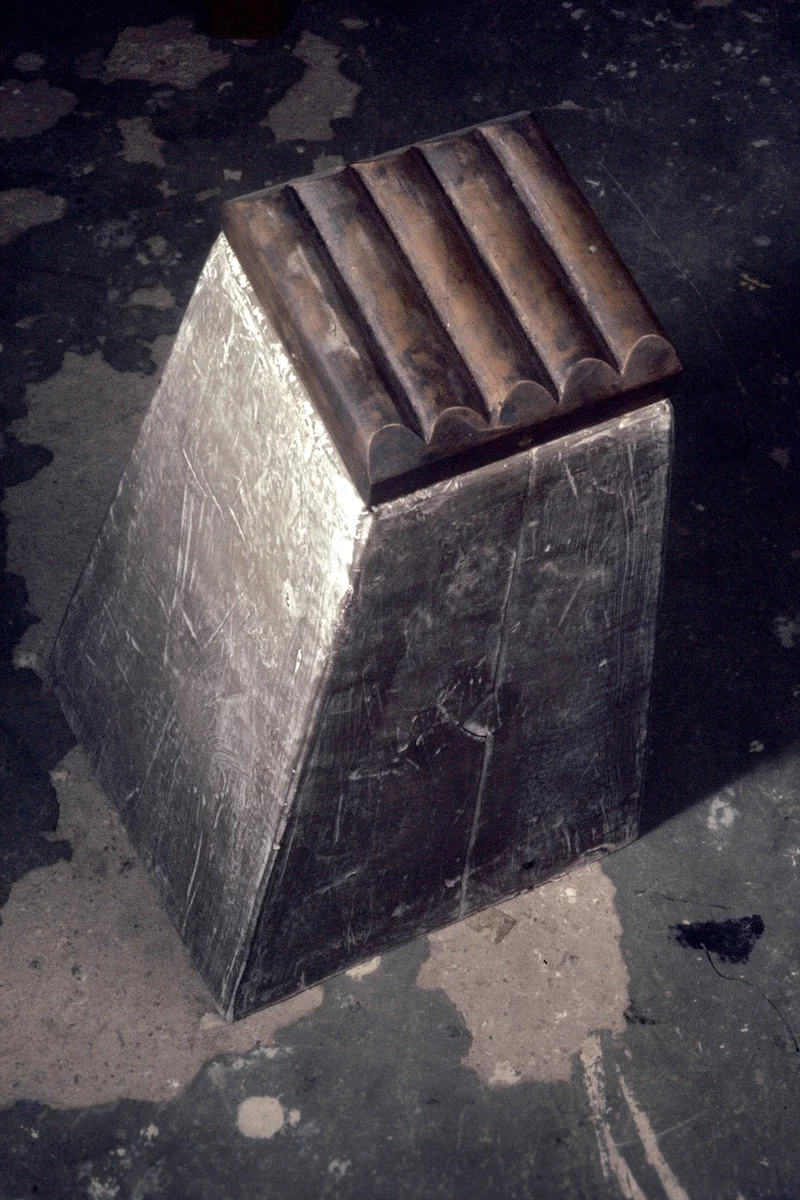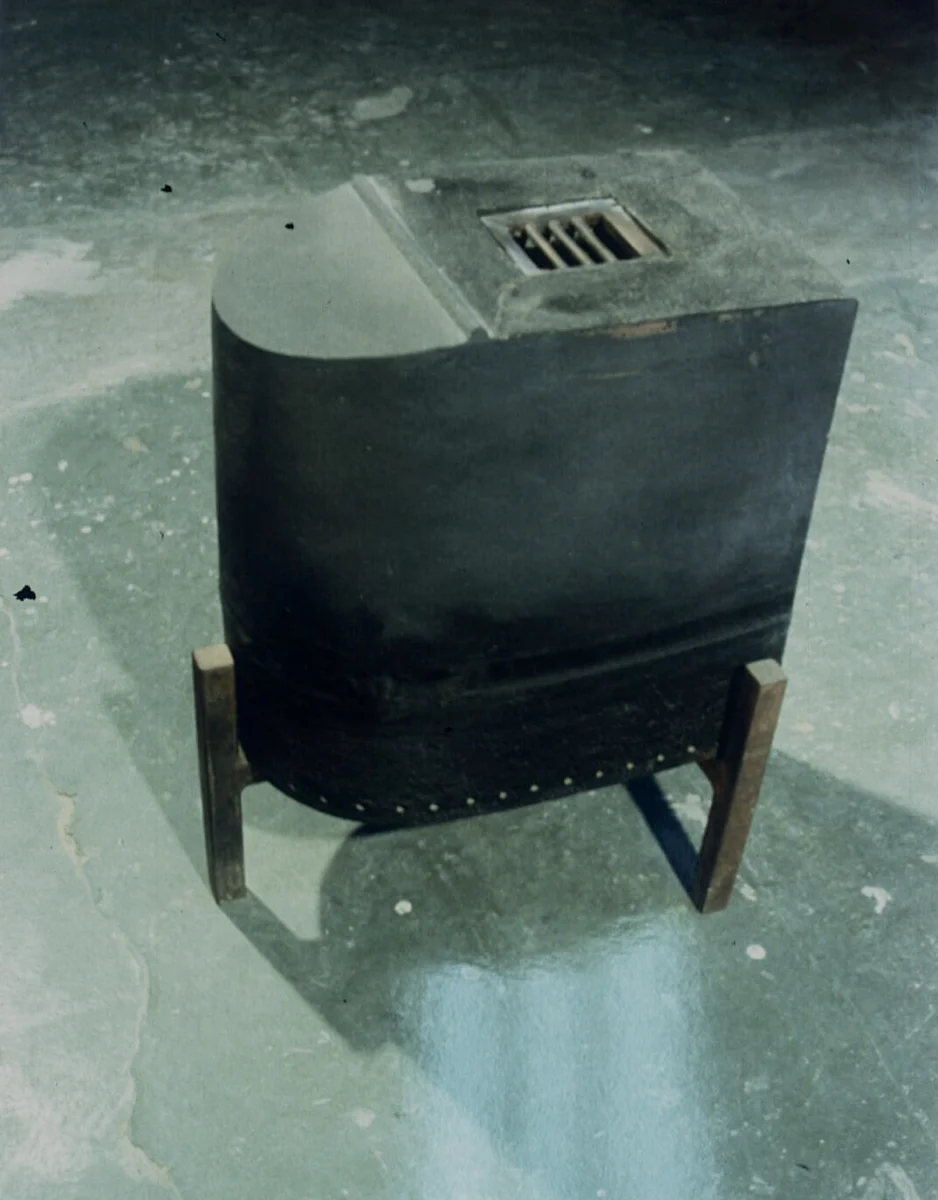The Malaise of Objects - The Drain Series, 1992
A series of sculptures in cast concrete, mild steel, wax, and other mixed media. Installation dimensions variable.
The focus of these works centers on architectural structures that serve specific utilitarian functions—namely, the draining, filtering, or cleansing of various liquid substances. This body of work is deeply rooted in the philosophical framework of phenomenology, aiming to explore these structures' experiential and perceptual dimensions. Unlike static architectural forms, these structures possess dynamic qualities, as they are subject to processes of decay and degradation over time, thereby adding a temporal dimension to their existence.
The architectural forms under scrutiny are not merely functional entities but imbued with phenomenological attributes extending beyond their utilitarian roles. These structures are a locus for exploring materiality, temporality, and transformation. The "filters" within these structures, integral to their functional purpose, undergo a natural decay process. This decay is not merely a physical deterioration but a metaphorical representation of the passage of time, the impermanence of material objects, and the cyclical nature of functional systems.
By examining these structures through a phenomenological lens, this body of work aims to illuminate the complex interplay between form and function, permanence and impermanence, and the aesthetic and the utilitarian. This involves a multi-disciplinary approach incorporating architectural theory, material science, and existential philosophy to construct a comprehensive analytical framework. The decay of the "filters" is a poignant reminder of the inevitable entropic forces that act upon all material forms, thereby challenging our conventional understandings of utility, durability, and aesthetic value.
This expansive investigation aims to contribute to a nuanced understanding of the architectural and phenomenological vernacular that defines these utilitarian structures. This body of work serves not merely as a visual or functional study but as an ontological and epistemological inquiry into the complexities of architectural forms and their experiential dimensions. It aims to enrich both academic discourse and public appreciation for the manifold layers of meaning embedded within these often-overlooked structures.






